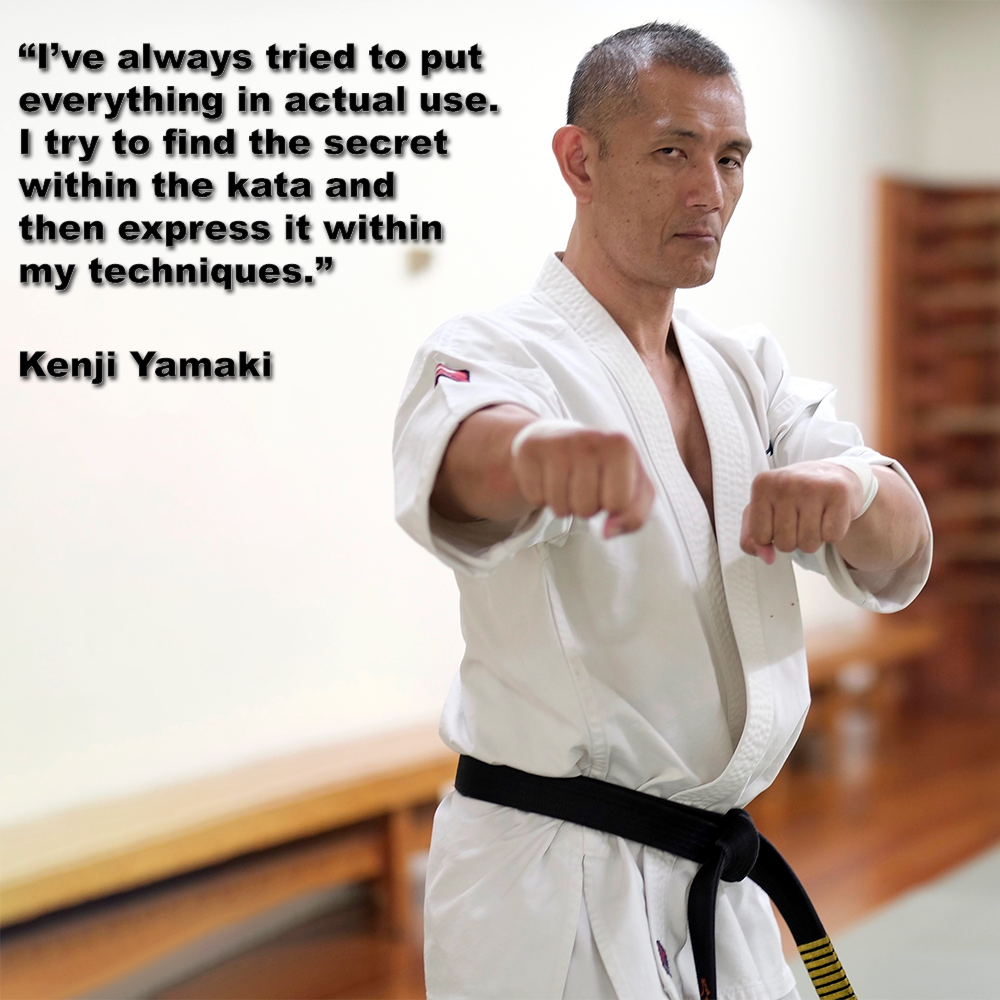
“Every day, there is a new discovery. Rather than merely hitting this way or hitting that way, i’m interested now in trying to evolve the foundations of my practice.” – Kenji Yamaki
.
You can learn all the technical skills you want, all the theories and concepts down to the core. But what’s the point if you don’t know what to do with it?
.
Knowledge isn’t power. Application of knowledge is power.
.
The unfortunate truth is that many people are more interested in knowing, instead of acting. They pursue knowledge for knowledge sake and, store this knowledge like books on a shelf.
.
Reflecting on an encounter I had with a 2nd dan who wanted to join our dojo, he claimed to know all the kata….. after watching them on YouTube.
.
It’s evident that mere exposure to information does not equate to understanding or skill.
.
Knowledge becomes powerful only when it is truly comprehended and can be effectively applied.
.
What’s the point of all that knowledge if there isn’t application of that knowledge? There is a huge difference between theory vs. practice. Theory assumes an outcome, while practice allows you to test the theory and see if it is accurate.
.
Real learning extends beyond memorization and performance; it gains depth when applied to real-life situations. Knowledge needs to be tested.
.
Traditional dojo sparring, competition, sport, while valuable, are not a direct representation of real-life scenarios. Understanding the objectives of specific training exercises is crucial, as assuming that criminals will act like trained martial artists is a fundamental mistake.
.
You should thoroughly and deeply understand the fundamentals, the basics, the principles, so that you can return to them and have a baseline to start from.
.
Practitioners should actively apply what they’ve learned, be prepared for failure, and view setbacks as opportunities for growth and learning. It is akin to satisfying hunger by experiencing the meal rather than just reading the menu.
.
Practice applying what you’ve learned. Put theory to practice. Be prepared to fail….. and you will. Think about what to do when it goes wrong, and understand that it will be a learning experience.
.
Go beyond mere memorization. Seek the “why” behind the “how”. Visualize how each technique applies in realistic scenarios. Don’t just learn for performance; learn for preparedness.
.
“I’ve always tried to put everything in actual use. I try to find the secret within the kata and then express it within my techniques.” – Kenji Yamaki
.
.
Photo Credit: Josh Gold Aikido Journal
.
